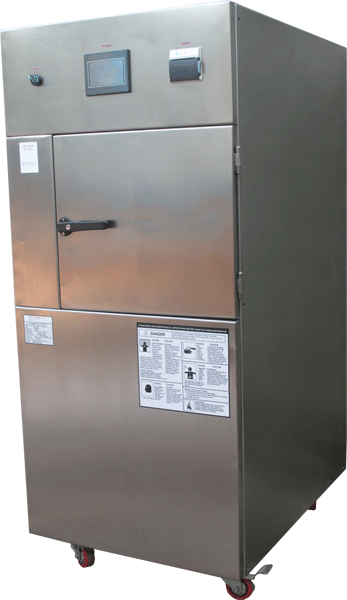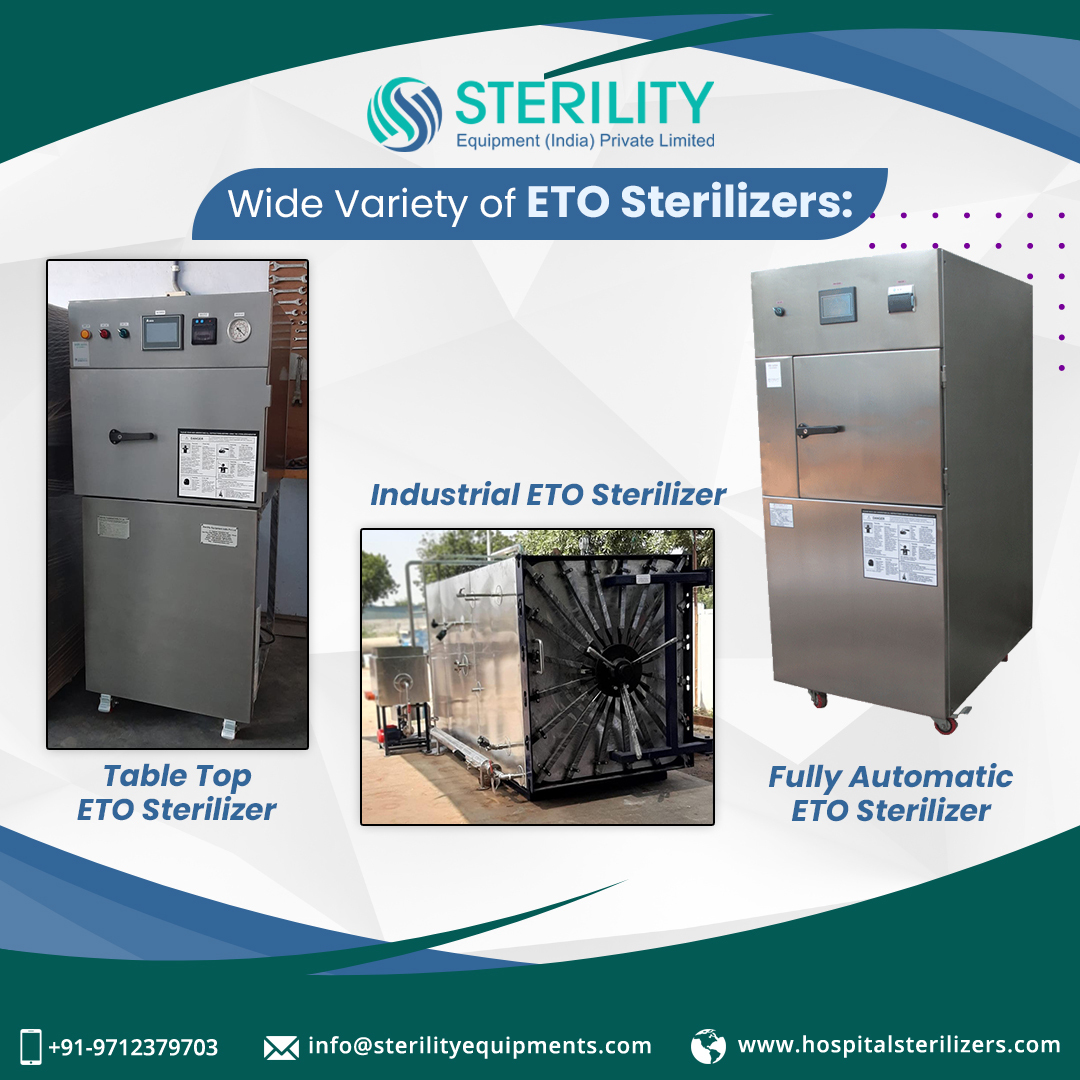Sterilization plays a crucial role in the healthcare industry by preventing the propagation of infections and diseases. Among the most extensively utilized techniques for the sterilization of medical apparatuses and instruments is the process of ethylene oxide (EO) sterilization.
What is Ethylene Oxide Sterilization?
Using ethylene oxide as a sterilisation technique entails using a gaseous chemical to get rid of several kinds of germs, including bacteria, viruses, and fungi. This technique is primarily adopted for the purpose of sterilizing medical equipment, devices, and supplies that cannot be disinfected through other means like heat, radiation, or chemicals. EO is a highly flammable and explosive colourless gas. It is mixed with other gases like carbon dioxide or nitrogen to reduce its flammability and explosive potential.

How Does Ethylene Oxide Sterilization Work?
EO sterilization works by exposing the equipment or device to a mixture of EO gas and other gases in a sealed chamber. The EO gas penetrates the packaging of the device and diffuses into the device, killing microorganisms on and inside the device. The gas employed in ethylene oxide sterilization undergoes a sequence of chemical changes, leading to the production of harmless by-products like ethylene glycol and ethylene.
Why is Ethylene Oxide Sterilization Used?
Ethylene oxide (EO) sterilization is a widely implemented method for rendering medical equipment and devices free of infectious agents that are not susceptible to other sterilization methods, such as heat or radiation. It is commonly used for devices that are sensitive to heat or moisture such as plastic or rubber materials, electronic devices, and instruments with complex shapes.
Advantages of Ethylene Oxide Sterilization
Effective Against All Microorganisms
The utilization of ethylene oxide sterilization has been recognized as a remarkably efficient technique against various types of microorganisms, encompassing bacterial, viral, and fungal strains. It can penetrate deep into the device, killing microorganisms on and inside the device.
Compatible with a Wide Range of Materials
EO sterilization proves to be versatile since it is compatible with an extensive gamut of materials like plastic, rubber, metal, and electronic paraphernalia. Additionally, this approach does not bring about any detrimental effects to the equipment or cause any modification to its physical or chemical attributes whatsoever.
Low-Temperature Sterilization
EO sterilization method’s attribute of being a low-temperature sterilization alternative renders it compatible with apparatuses that are vulnerable to moisture or heat impairment.
Ethylene oxide sterilization is a widely used method for sterilizing medical devices and equipment. It is effective against all microorganisms and compatible with a wide range of materials. However, it also has some disadvantages, including safety concerns, long cycle time, and residual toxicity. Compared to other sterilization techniques, EO sterilization is characterized by a lengthier cycle duration, usually lasting for several hours before completion.






